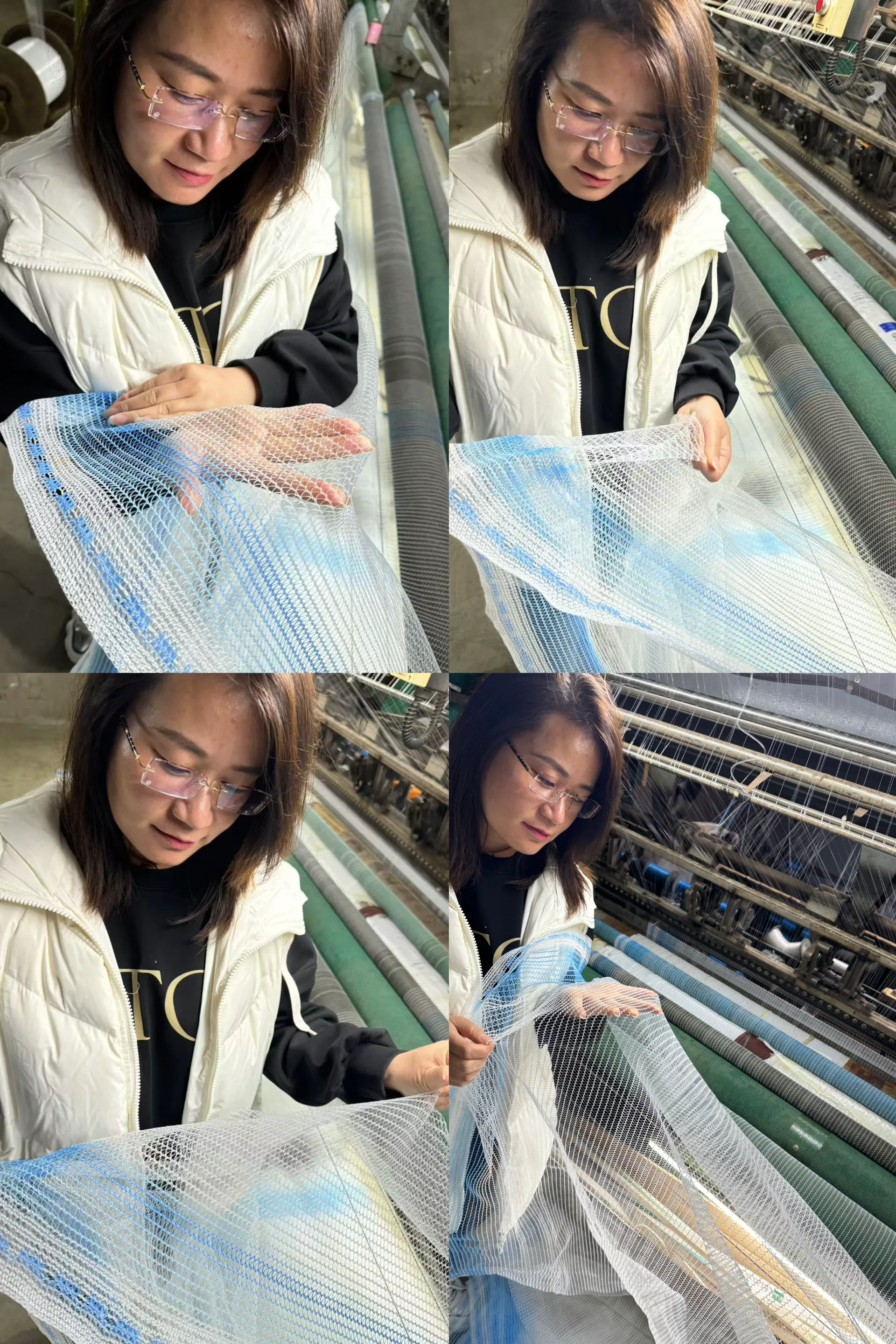-
 Afrikaans
Afrikaans -
 Albanian
Albanian -
 Amharic
Amharic -
 Arabic
Arabic -
 Armenian
Armenian -
 Azerbaijani
Azerbaijani -
 Basque
Basque -
 Belarusian
Belarusian -
 Bengali
Bengali -
 Bosnian
Bosnian -
 Bulgarian
Bulgarian -
 Catalan
Catalan -
 Cebuano
Cebuano -
 China
China -
 Corsican
Corsican -
 Croatian
Croatian -
 Czech
Czech -
 Danish
Danish -
 Dutch
Dutch -
 English
English -
 Esperanto
Esperanto -
 Estonian
Estonian -
 Finnish
Finnish -
 French
French -
 Frisian
Frisian -
 Galician
Galician -
 Georgian
Georgian -
 German
German -
 Greek
Greek -
 Gujarati
Gujarati -
 Haitian Creole
Haitian Creole -
 hausa
hausa -
 hawaiian
hawaiian -
 Hebrew
Hebrew -
 Hindi
Hindi -
 Miao
Miao -
 Hungarian
Hungarian -
 Icelandic
Icelandic -
 igbo
igbo -
 Indonesian
Indonesian -
 irish
irish -
 Italian
Italian -
 Japanese
Japanese -
 Javanese
Javanese -
 Kannada
Kannada -
 kazakh
kazakh -
 Khmer
Khmer -
 Rwandese
Rwandese -
 Korean
Korean -
 Kurdish
Kurdish -
 Kyrgyz
Kyrgyz -
 Lao
Lao -
 Latin
Latin -
 Latvian
Latvian -
 Lithuanian
Lithuanian -
 Luxembourgish
Luxembourgish -
 Macedonian
Macedonian -
 Malgashi
Malgashi -
 Malay
Malay -
 Malayalam
Malayalam -
 Maltese
Maltese -
 Maori
Maori -
 Marathi
Marathi -
 Mongolian
Mongolian -
 Myanmar
Myanmar -
 Nepali
Nepali -
 Norwegian
Norwegian -
 Norwegian
Norwegian -
 Occitan
Occitan -
 Pashto
Pashto -
 Persian
Persian -
 Polish
Polish -
 Portuguese
Portuguese -
 Punjabi
Punjabi -
 Romanian
Romanian -
 Russian
Russian -
 Samoan
Samoan -
 Scottish Gaelic
Scottish Gaelic -
 Serbian
Serbian -
 Sesotho
Sesotho -
 Shona
Shona -
 Sindhi
Sindhi -
 Sinhala
Sinhala -
 Slovak
Slovak -
 Slovenian
Slovenian -
 Somali
Somali -
 Spanish
Spanish -
 Sundanese
Sundanese -
 Swahili
Swahili -
 Swedish
Swedish -
 Tagalog
Tagalog -
 Tajik
Tajik -
 Tamil
Tamil -
 Tatar
Tatar -
 Telugu
Telugu -
 Thai
Thai -
 Turkish
Turkish -
 Turkmen
Turkmen -
 Ukrainian
Ukrainian -
 Urdu
Urdu -
 Uighur
Uighur -
 Uzbek
Uzbek -
 Vietnamese
Vietnamese -
 Welsh
Welsh -
 Bantu
Bantu -
 Yiddish
Yiddish -
 Yoruba
Yoruba -
 Zulu
Zulu
More Language
Januari . 14, 2025 11:08
Back to list
Bird Proof Netting Stretchy Bird Netting for Garden
Bird netting is an essential tool for both amateur gardeners and professional farmers, offering a reliable solution to protect crops and plants from avian pests. With a rise in demand for eco-friendly and non-lethal pest control mechanisms, bird netting has evolved, becoming more effective and user-friendly. Here’s an in-depth look into how bird netting stands as a cornerstone in sustainable agriculture and horticulture, underscoring its effectiveness, durability, and ease of use.
From an authoritative perspective, studies have indicated that bird netting significantly reduces crop losses, acting as a physical barrier that is more consistent compared to other deterrents like scare tactics. Government agricultural departments often recommend bird netting for its efficacy and safety, endorsing it as part of integrated pest management strategies. Trustworthiness in bird netting also comes from its tested performance in diverse environments. Farmers across regions with varying climates have successfully utilized these nets to safeguard their investments. Testimonials from users often highlight the nets’ resilience in the face of severe weather conditions and their ease of maintenance. Several online and offline retailers offer bird netting for sale, with options ranging from pre-packaged sizes to customizable rolls. When selecting a vendor, it’s advisable to consider customer reviews and product specifications. High-quality netting typically comes with warranties, reflecting the manufacturer’s confidence in their product’s longevity and performance. In conclusion, bird netting serves as an indispensable asset for protecting crops in a reliable, humane, and environmentally responsible manner. By selecting the right type of netting and ensuring proper installation, gardeners and farmers alike can benefit from reduced crop losses and increased yields. The expertise and trustworthiness associated with high-quality bird netting solidify its role as a preferred choice among eco-conscious cultivators seeking sustainable methods to manage wildlife interactions.


From an authoritative perspective, studies have indicated that bird netting significantly reduces crop losses, acting as a physical barrier that is more consistent compared to other deterrents like scare tactics. Government agricultural departments often recommend bird netting for its efficacy and safety, endorsing it as part of integrated pest management strategies. Trustworthiness in bird netting also comes from its tested performance in diverse environments. Farmers across regions with varying climates have successfully utilized these nets to safeguard their investments. Testimonials from users often highlight the nets’ resilience in the face of severe weather conditions and their ease of maintenance. Several online and offline retailers offer bird netting for sale, with options ranging from pre-packaged sizes to customizable rolls. When selecting a vendor, it’s advisable to consider customer reviews and product specifications. High-quality netting typically comes with warranties, reflecting the manufacturer’s confidence in their product’s longevity and performance. In conclusion, bird netting serves as an indispensable asset for protecting crops in a reliable, humane, and environmentally responsible manner. By selecting the right type of netting and ensuring proper installation, gardeners and farmers alike can benefit from reduced crop losses and increased yields. The expertise and trustworthiness associated with high-quality bird netting solidify its role as a preferred choice among eco-conscious cultivators seeking sustainable methods to manage wildlife interactions.
Latest news
-
Why Nylon Mesh Netting is Revolutionizing Industrial and Commercial ApplicationsNewsJun.13,2025
-
Reinventing Reliability with Construction Wire MeshNewsJun.13,2025
-
Protect Your Crops with High-Performance Agricultural Netting SolutionsNewsJun.13,2025
-
Premium Breeding Net Solutions for Modern AquariumsNewsJun.13,2025
-
Precision Filtration Solutions for Industrial and Commercial NeedsNewsJun.13,2025
-
Advanced Industrial Mesh Solutions for Every ApplicationNewsJun.13,2025











